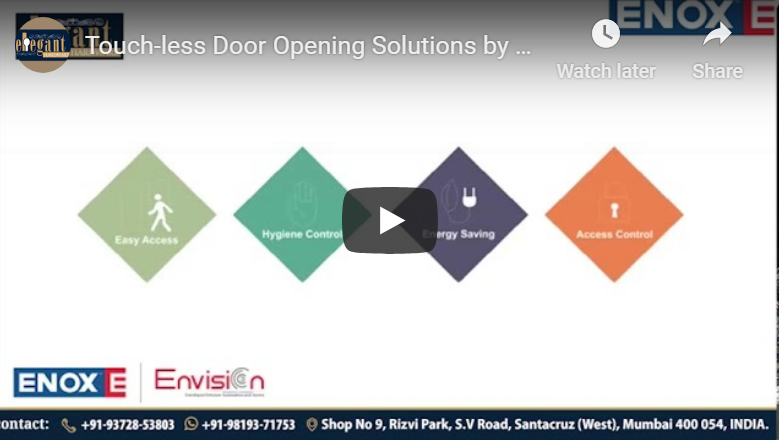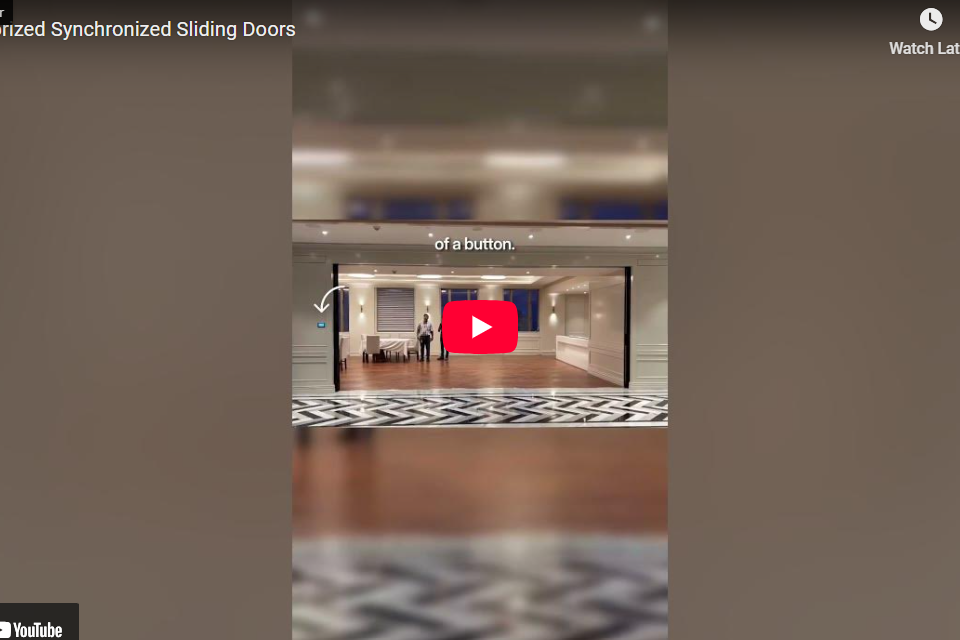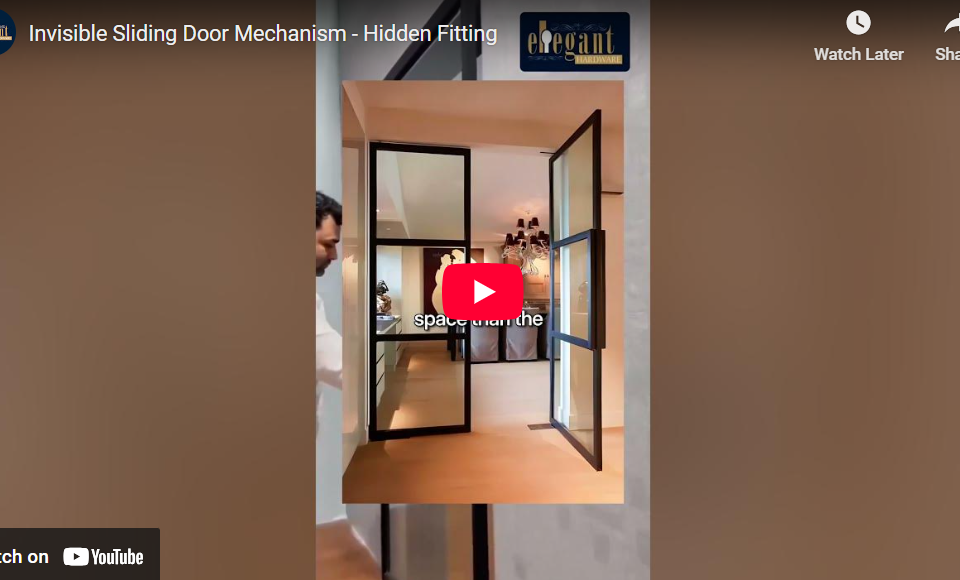
Touch-less Door Opening Solutions by ELEGANT HARDWARE
August 4, 2020
TOP 3 TIPS ON HOW TO SELECT THE RIGHT HANDLE TYPE & SHADE FOR YOUR DOORS?
September 5, 2020Proper attention to specifying door hardware is essential for maximizing a house’s / office’s security efforts
When maintenance and engineering managers consider building security issues, door hardware generally does not place high on the list of priorities. Systems such as access control, alarm, and surveillance receive far greater attention. But using the wrong type of door hardware can negate the effectiveness of many of the other security measures.
Even worse, the wrong type of door hardware can hamper to those who have a legitimate need to gain access to a facility. Compounding the problem is the requirement that doors and door hardware must meet accessibility requirements.
The Role of Door Hardware
Door hardware selection impacts many aspects of the operation and use of a premises. Doors are the first building component that visitors and occupants come in contact with. If owners want their premises to make a good first impression, then all hardware components must present a good appearance and must be in good working condition.
Door hardware must also be capable of standing up to the normal wear and tear that comes from use and abuse. Hardware that is not properly matched to the needs of the application will create maintenance and security problems later.
Frequently, these problems are blamed on the door itself when, in reality, they can be traced back to poorly performing door hardware — doors that are difficult to open or close, that open or close too quickly or too slowly, or that stick open or closed. All of these common problems result from faulty door hardware and will compromise building security, disrupt building operations and increase maintenance costs.
Typical door hardware components include hinges, locksets, panic hardware, closers, stops and holders, and tracks and guides. While all play important roles in the proper operation of doors, the ones that play key roles in maintaining the premises’ security include the hinges, locksets, panic hardware, and closers. Matching the features of the hardware components to the needs of the application is the only method of ensuring adequate building security without interfering with the operation of the facility.
A common problem with heavy-use doors is loose, worn or poorly aligned hinges. Hinges are subjected to high levels of stress and wear. If they go out of adjustment, they can cause damage to the door or the doorframe. Uncorrected, this damage will result in sticking doors or difficult operation. Sufficient damage can lead to the failure of the door, resulting in a breach in security.
While two- and three-hinge door installations are the most common, continuous geared hinges are gaining use in applications with high-traffic. In these applications, managers have found that it is common for conventional door hinges to wear or loosen sufficiently from the frame to allow the door to sag in as little as six months.
Full-length hinges distribute the door’s weight over its entire length, eliminating the stress that results in sagging. Continuous hinges are available for both wood and hollow metal doors and frames.
When door closers do not operate properly, two things happen; door latches, hinges and frames can be damaged, and building security can be compromised. If doors are opened beyond their normal range, hinges can be torn away from jambs. If a closer allows a door to close too quickly, it will slam, stressing lock assemblies. If a closer operates too slowly, the door might hang and not fully close, compromising security and the door’s fire rating.
New-generation closers are designed with limits to help prevent overextending the operating range of the door, as well as relief valves and oil-bypass ports that better regulate the rate at which a door closes, reducing damage to closers and other door components.
Panic bars, like door-access systems, are going electronic. When installed on a door that uses an electric locking system, panic bars can be incorporated into centralized access systems. As a result, the panic bars can be remotely locked and unlocked according to preset schedules. In an emergency, all or selected bars can be locked or unlocked remotely.
When selecting door hardware components, buyers should start with an examination of the particular application. What level of use will the door be subjected to? Is it an application where abuse and vandalism can reasonably expected ? What level of security is required ? Can that level of security be provided on an individual door basis or is a central system required?
In today’s Covid world, the term PREVENTION IS BETTER THAN CURE has never meant more important, and the same applies to selection of the CORRECT Door Hardware



